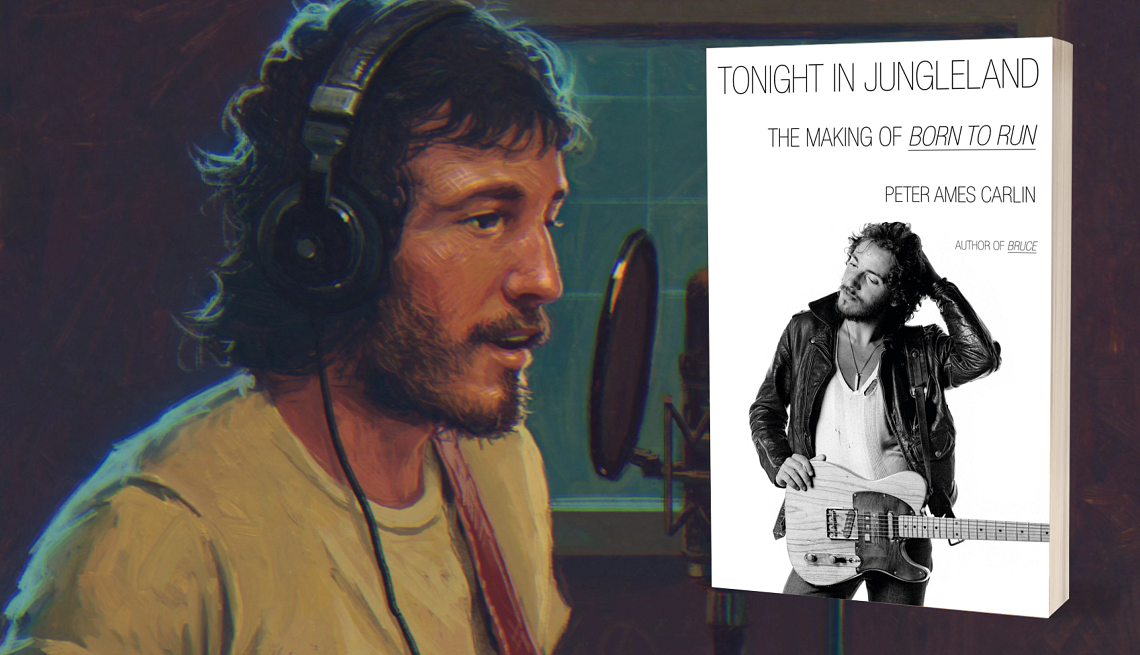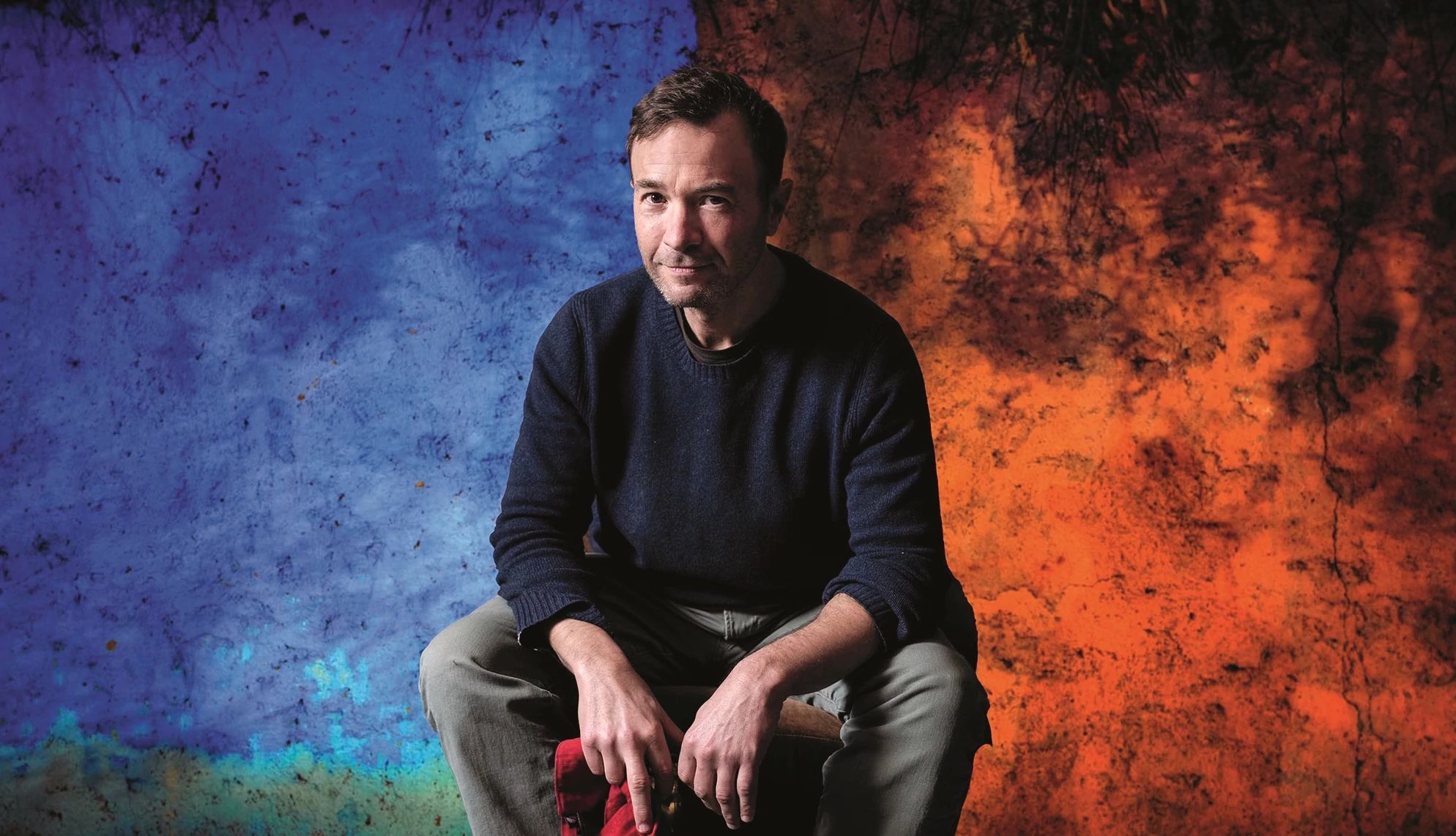AARP Hearing Center


Peter Ames Carlin was a 15-year-old in Seattle, looking for a sign that adult life wasn’t “spirit-killingly mundane,” when he heard Bruce Springsteen’s “The Promised Land” and was fascinated by its ability to express both strength and vulnerability. That drew him into a career as a music writer, and in 2012 he published Bruce, a best-selling biography of Springsteen. Now, to celebrate the 50th anniversary of Born to Run, Springsteen’s masterpiece, he’s written Tonight in Jungleland: The Making of Born to Run, an incisive account that links the album’s long and difficult birth to the singer’s family history. You can read an excerpt here.
This interview has been edited for length and clarity.
The backstory to Born to Run is one of a man on a quest, isn’t it?
It’s got a lot of the hero’s journey, a Joseph Campbell type of thing about it. Bruce is on a quest through the frustrations and hurdles he’s got to leap. His belief in his mission is so profound that nothing is going to turn him around. At the time, he was very much a fringe character at Columbia Records.
He’d made two albums, neither sold well, and Columbia was thinking about dropping him.
So this was the moment in his career where it was all on the line. A lot of powerful people at Columbia wanted to drop him. Sales weren’t good, and he had a grand tradition of screwing up high-profile shows for the industry. When the record-company guys showed up, he would not always be on his best form.


What do you make of him playing badly at industry showcases?
I think he was suspicious of his own ambition. He desperately wanted to be a big rock star, but just as desperately wanted to be known as a serious artist with something significant to say. There was a convention in the summer of 1973, in San Francisco, when he had to play after Edgar Winter’s band, and he was so grossed out by the lasers and smoke and the executives that he played all his least commercial songs, at the greatest length he possibly could, and infuriated everybody. In the book, he says, “Ambivalence is my lifetime condition.”
It also seems like he made Born to Run in the midst of tumult, including changes in his band, a new coproducer and pressure from the record company.
From the time he was little, he was used to a certain amount of tumult and emotional chaos. That was familiar to him. It made for a very fertile period. He was up against the wall and he knew it.



































































You Might Also Like
AARP’s Favorite 2025 Books (So Far)
AARP’s books editor shares her top 10 reads
The 75 Essential Books for Gen Xers
Remembering the reads that entertained us, taught us and shaped us into who we’ve become
Joyce Carol Oates, 87, on ‘Fox,’ Her New Novel
The incomparable author talks storytelling and why she’s not afraid of the dark